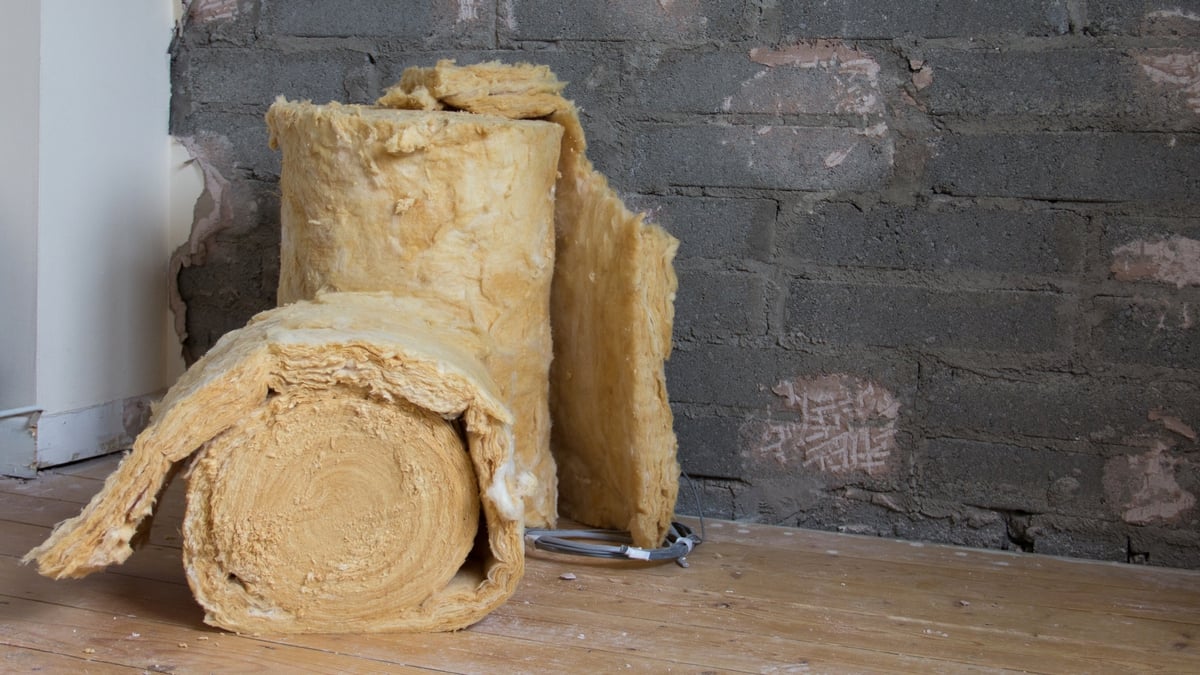1) Identify your electricity vampires (TV's/sky boxes on standby, etc) and put smart plugs on them to knock them off overnight/ when not in use
2) Replace rotary dials on your heating - family-members stick them on for an hour today, you find several days later they've been coming on for the same hour every day. Get a digital timer with boost button/option instead.
3) Roll out an additional layer of attic insulation, on stilts if you need to raise flooring for storage - can be done yourself if you're handy and, er, maybe a little flexible too, depending on the shape of your attic (a 2-day core workout for me!).
4) Look at appliances, particularly if coming up due for replacement - e.g. heat-pump dryer and/or dehumidifier to replace a regular condenser dryer, induction hob to replace gas hob, good airfryer to replace oven usage, slow cooker an option also.
5) Boiler flow temperature - we have an obsession in Ireland with blasting heat out only to let it cool down rapidly. If overall heating system allows, reducing a gas boiler flow temp can help improve efficiency. Trial and error though! See heatgeek consumer series on YouTube for more info.
6) solar and battery if your roof can take it - oversize battery installations have potential to arbitrage cheap EV/night rate electricity while exporting PV at a higher price, even if your solar install is limited in size.
Heat pump, external/internal insulation, etc all very expensive and disruptive - I'd work through the list above first before considering them. Even though our heat pump grant system is fabric first, I believe installing a properly sized heat-pump based heating system (i.e. including properly sized emitters!) is a far more efficient use of the available grant money. Pretty sure I can halve my heating CO2 emissions with a properly sized install and a couple of radiator upgrades, but Heat Loss Indicator of 2.35 is above the HLI 2.0 limit for an SEAI grant and needs €€€ insulation to get to that level, even though overall BER just moved from C2 to A3 due to recent sizeable solar+battery install.

